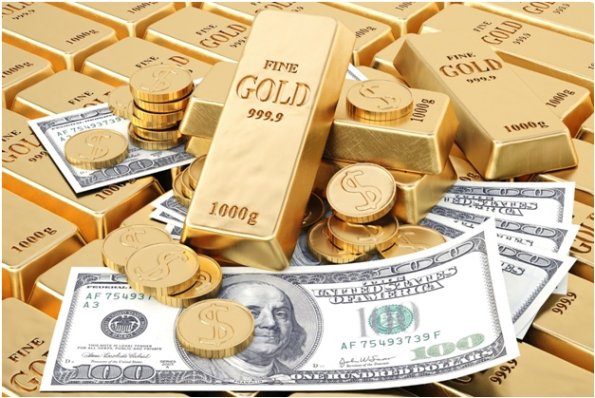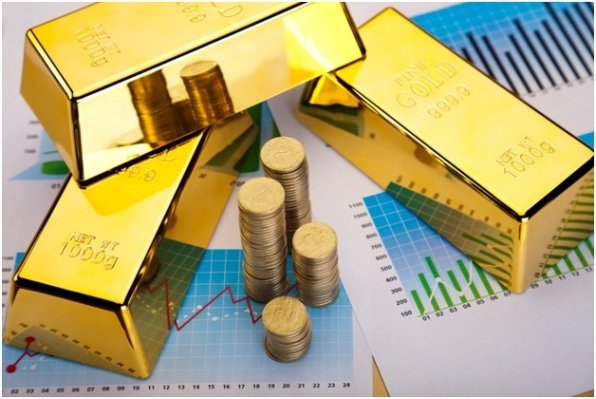Investing in precious metals and diversifying your portfolio is a complex process. For those who are just starting to explore other asset classes in the stock market, this can be a tricky business if you are unsure of what you are doing. Know more about other asset classes in this link here.
You may be diversifying your portfolio to achieve a given risk level and get the desired return, or you are trying to lessen the overall losses when there is a crash. Regardless of your goals and your financial sophistication, it’s going to be a bad idea to put all your eggs in one basket. You may want to look for excellent alternatives for bonds, stocks, mutual funds, and other traditional paper assets.
This is where precious metals like gold, silver, platinum, and palladium enter the picture. These metals are scarce, and for centuries, they have retained their value and are expected to have a higher return in the next few years. They are long-term stores of value and are used for industrial applications, so many find them to be more stable alternatives than cryptocurrencies. They are great choices if you want to decrease the overall volatility of your portfolio.

Insights About Precious Metals
You may want to know why you should add gold and silver to your portfolio in the first place. Know that there is a Keynesian monetary policy that many central banks and lawmakers maintained as an economic paradigm starting from the Great Depression. You can know more about the Great Depression at this link: https://www.britannica.com/event/Great-Depression.
This policy has helped people understand more about the boom-and-bust cycles. You may have heard about the bull and bear markets, where the bull means growth or booms. This means that there are times when the economy experiences a fluctuation, and other times, it flourishes. On the other hand, a bearish market may mean recessions, declines, busts, or economic stagnation.
In countries like the USA, the economy has been expanding for more than 121 months already, and this is one of the most extended booms in history. As Keynesian economists noted, the unprecedented growth will undergo a contraction sooner than later.
When the confidence of the investors and consumers decreases, they might predict that the value of the bonds and stocks will be the first to go downhill. When the stock market plummets, the rarer commodities like gold, silver, palladium, and platinum will remain stable or even go up in value. This makes them an excellent hedge against the volatility of many traditional assets. Investing in precious metals will be a good option as this is going to be the one that will help you in times when you need it the most.
For entrepreneurs, investing in gold bullion and coins is a sound idea as start-ups are usually volatile. This is why some of the investors open accounts with gold companies to safeguard some of their wealth. Some of them have excellent reviews and show that they are trustworthy in the industry. Get more information in the link provided for the companies that offer these kinds of services.
When you are starting up a company, some of the investments you’ve put up in other assets will offer much-needed emergency funds and cash flow when the business is slowing down. Another thing is that these metals are considered to be strategic holds that usually preserve your wealth even if you decide to close down your start-up company earlier than expected.
About Asset Allocation

The share of the portfolio you are dedicating to the precious metals will depend on the level of risk that you can tolerate and your sensitivity profile. Most of the time, financial advisors and other companies advise their clients to only invest about 5% to 15% of their portfolios into gold and other precious metals.
Know that the larger asset allocations of more than 15% are ideal for older clients retiring soon. If you are still young, you might be missing the higher yields and returns than stocks offer, and you might be exposed to some risks that many other assets could not remedy.
Where to Buy?
If this is your first time in this kind of market, you may want to check your local banks, companies, pawnshops, and online firms that are already trusted in the industry to know more. The place to buy will largely depend on the kind of asset that you want to add to your portfolio, so you might want to be familiar first with the two variations of gold.
Benefits of Gold Coins and Bullion
- You’ll have more direct ownership of the bar that you’re buying, and it will be under your name
- Larger or bulk amounts are available for purchase for a discounted price
- They can be shipped and transferred quickly, just like any other goods
However, there’s a downside since bullion is considered to be tax-collectible. When you collect and hold it for longer a year, you might be expecting capital tax gains of about 28% on the net of the sale that you’ve yielded for the year. The ones held for less than a year are generally taxed and considered a regular income.
Benefits of Exchange-Traded Funds
- You will have more liquidity, and other investors are more than willing to buy some of your shares
- There’s convenience in the process of buying and selling
- You can purchase only a small amount of the ETF and see where the market is going
- Usually trades according to the net value of the asset that you are holding
Some ETFs offer access to bullion, and they have the advantage of being more liquid than other types. Since they are considered as a form of security, you can easily buy and sell them to the equivalent of the metal’s current spot price in the market.
There is also an option to buy GLD and local exchanges on various platforms. You just have to exercise proper caution when purchasing and only buy from trusted manufacturers and suppliers. Be on the lookout for the purity grade and the weight of the gold bullion and only buy the ones marked 99.95% or more that denote their purity.

